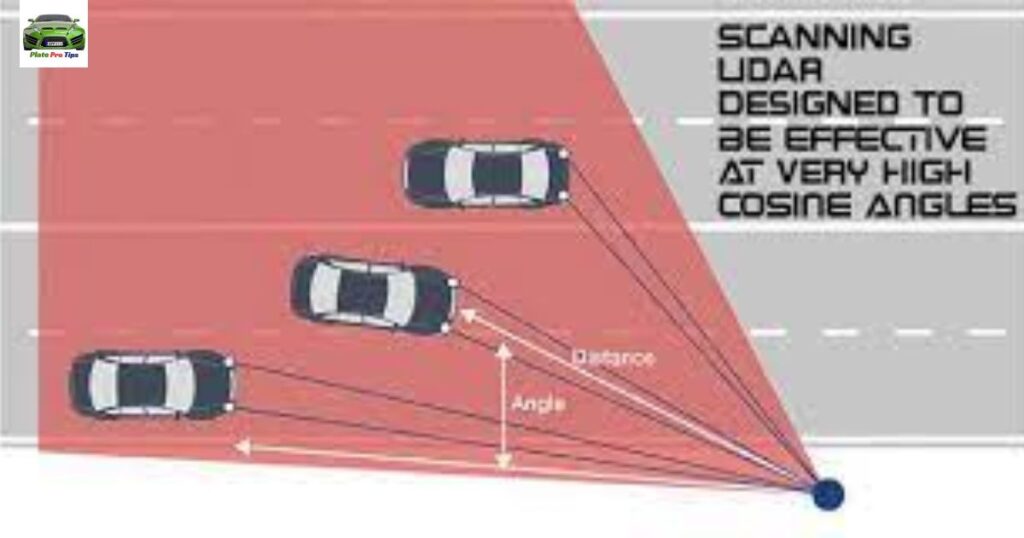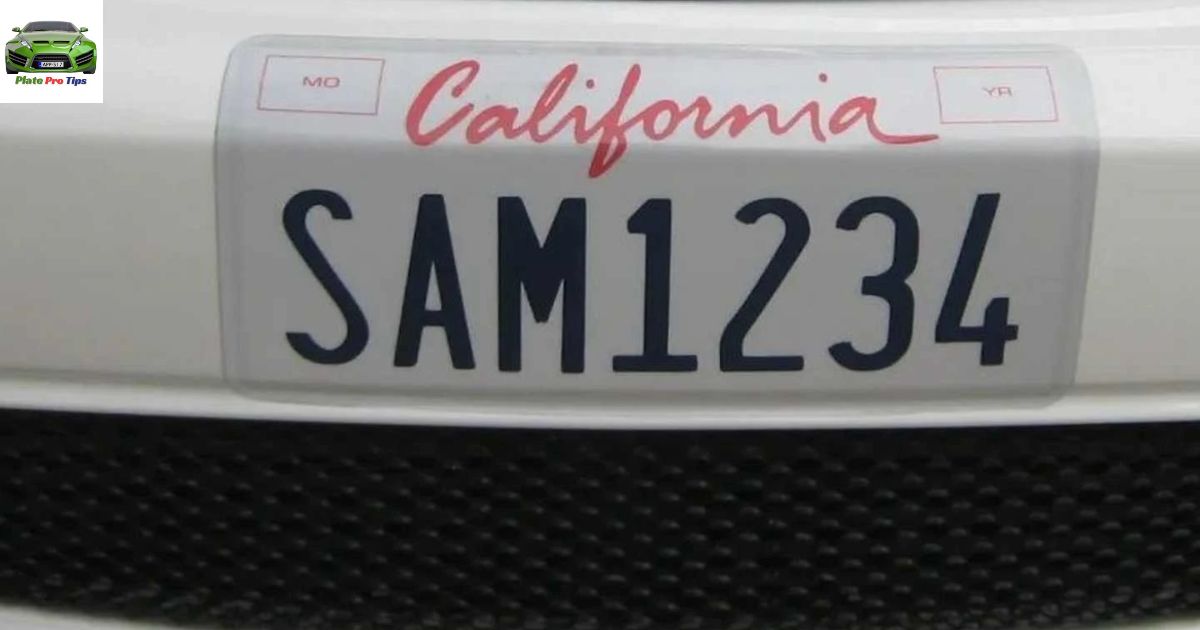License plate wraps are accessories designed to obscure or alter the appearance of license plates. Their legality varies by jurisdiction. In some areas, they’re considered illegal as they obstruct visibility or interfere with automated license plate readers. However, in other places, they may be permitted if they don’t hinder identification. Always check local laws to ensure compliance.
Curious about whether license plate wraps are legal in your area? Wonder no more. License Plate Wraps Legal? Dive into this quick read to uncover the legality of these accessories and find out if you’re driving on the right side of the law. Don’t hit the road without knowing.
Are License Plate Wraps Legal. explores the legality of accessories designed to alter or obscure license plates. It delves into varying regulations across jurisdictions, addressing concerns about visibility and automated reader interference.
Understanding License Plate Wraps: An Overview
License plate wraps, also known as license plate covers or shields, are transparent or tinted plastic covers that fit over license plates on vehicles. While they may seem like a simple accessory, they can have legal implications depending on their design and usage. These wraps are often used to protect license plates from wear and tear, such as scratches and fading from sunlight, prolonging their visibility and ensuring compliance with regulations.
However, some wraps may interfere with the readability of the license plate, which can lead to legal penalties as they obstruct law enforcement’s ability to identify vehicles accurately. Understanding the regulations surrounding License Plate Covers Illegal is essential for vehicle owners to avoid any potential legal issues while still benefiting from the protection they offer.
What Are License Plate Wraps?
License plate wraps, sometimes referred to as license plate covers, are protective accessories designed to shield license plates on vehicles. Made from transparent or tinted plastic materials, these wraps serve to safeguard license plates from various forms of damage, such as scratches, dings, and fading caused by exposure to sunlight.
Legal Considerations: Navigating the Law
Legal considerations play a pivotal role in various aspects of our lives, including navigating the rules surrounding license plate wraps. These accessories, while serving to protect license plates from wear and tear, must comply with specific regulations to ensure they don’t impede law enforcement’s ability to identify vehicles accurately.
Navigating the complexities of legal considerations concerning license plate wraps requires diligence and awareness. Vehicle owners should familiarize themselves with local laws and regulations pertaining to these accessories, as they can vary from one jurisdiction to another. Additionally, consulting legal experts or authorities can provide valuable insights into ensuring compliance and avoiding potential legal issues.
Jurisdictional Variances
Jurisdictional variances refer to the differences in laws and regulations governing license plate wraps across different regions or authorities. These discrepancies can range from the permissible materials and transparency levels of wraps to the specific dimensions and visibility requirements of license plates. Understanding these variances is crucial for vehicle owners, as what may be legal in one jurisdiction could be considered unlawful in another.
Visibility Concerns: Implications for Safety
Visibility concerns surrounding license plate wraps have implications for vehicle safety and law enforcement effectiveness. While these wraps are often used to protect license plates from wear and tear, they must not compromise the visibility of essential information, such as the license plate number and characters.
Addressing visibility concerns requires careful consideration from vehicle owners when selecting and installing license plate wraps. Opting for transparent or lightly tinted wraps that do not obscure the visibility of license plate numbers is crucial to maintaining compliance with legal requirements and promoting safety on the road.
Impact on Plate Readability
The impact of license plate wraps on plate readability is a significant consideration for vehicle owners and law enforcement alike. While wraps offer protection against damage and wear, they must not compromise the clarity of license plate numbers and characters. Any obstruction or distortion caused by the wraps can hinder the readability of plates, potentially impeding law enforcement’s ability to identify vehicles accurately.
Automated Systems: Addressing Compatibility
Addressing compatibility with automated systems is vital when considering license plate wraps. Many modern toll booths, parking garages, and traffic monitoring systems rely on automated license plate recognition (ALPR) technology to identify vehicles efficiently. However, certain wraps, especially those with heavy tinting or reflective properties, can interfere with ALPR systems, leading to inaccuracies or failures in vehicle identification.
Furthermore, staying informed about the specifications and requirements of automated systems in their area can help drivers make informed decisions regarding license plate wraps. Regularly checking for updates or changes in ALPR technology and regulations can also assist vehicle owners in maintaining compatibility with automated systems over time.
Interference with License Plate Readers

Interference with license plate readers is a concern associated with certain types of license plate wraps. License plate readers, used by law enforcement agencies and other organizations for various purposes such as toll collection and parking enforcement, rely on clear visibility of license plate numbers to function effectively.
Enforcement Measures: Penalties and Enforcement
Enforcement measures regarding license plate wraps encompass penalties and regulations set forth by authorities to ensure compliance with visibility and readability standards. In many jurisdictions, the use of wraps that obstruct or distort license plate numbers can result in fines or other penalties.
To mitigate the risk of enforcement measures, drivers should familiarize themselves with local regulations regarding license plate wraps and ensure their wraps meet visibility and readability standards. Regular inspection of wraps for any signs of damage or obstruction can help prevent inadvertent violations and potential penalties. Moreover, staying informed about any updates or changes to enforcement measures can assist drivers in maintaining compliance over time.
Consequences for Violations
Violating regulations regarding license plate wraps can result in various consequences for vehicle owners. In many jurisdictions, the use of wraps that obscure or alter license plate visibility may lead to fines imposed by law enforcement agencies. These penalties serve as a deterrent against non-compliance and aim to uphold standards for license plate readability and identification.
Compliance Guidelines: Ensuring Adherence
Compliance guidelines serve as a roadmap for ensuring adherence to regulations regarding license plate wraps. These guidelines outline specific requirements and standards that wraps must meet to maintain legality and compatibility with law enforcement and automated systems. Vehicle owners should familiarize themselves with these guidelines to ensure they select wraps that do not obstruct or distort license plate visibility.
Staying informed about any updates or changes to compliance guidelines is essential for drivers to maintain adherence to regulations regarding license plate wraps. This may involve monitoring local laws and regulations or seeking guidance from relevant authorities or legal professionals. Moreover, drivers should prioritize transparency and clarity when selecting wraps, opting for designs that enhance rather than hinder license plate visibility.
Tips for Staying Legal
Staying legal with license plate wraps involves a few simple but essential tips for vehicle owners. Firstly, drivers should opt for transparent or lightly tinted wraps that don’t obstruct the visibility of license plate numbers and characters. Regularly inspecting wraps for any signs of damage or deterioration and promptly replacing them if necessary can help ensure compliance with regulations over time.
Public Awareness: Spreading Knowledge
Spreading public awareness about license plate wraps is essential to ensure that drivers understand the legal implications and requirements associated with these accessories. By disseminating information through various channels such as educational campaigns, online resources, and signage, authorities can help drivers understand the importance of selecting compliant wraps that maintain license plate visibility.
Engaging communities through outreach programs and educational initiatives can further reinforce public awareness about license plate wraps. Local workshops, informational sessions, and partnerships with community organizations can provide drivers with opportunities to learn about the regulations and best practices for using wraps responsibly.
Educating Drivers on Regulations

Educating drivers on regulations surrounding license plate wraps is crucial for ensuring compliance and promoting road safety. Authorities can implement educational initiatives through various channels such as driver’s education programs, informational pamphlets distributed at vehicle registration centers, and online resources.
FAQ’S
Are license plate wraps legal?
In most jurisdictions, license plate wraps are legal as long as they do not obscure or alter the visibility of license plate numbers.
Do license plate wraps need to be transparent?
Yes, license plate wraps should generally be transparent or lightly tinted to ensure clear visibility of license plate numbers.
Can license plate wraps interfere with automated systems?
Yes, certain types of license plate wraps, particularly those with heavy tinting or reflective properties, can interfere with automated systems like license plate readers.
What are the consequences of using non-compliant license plate wraps?
Using non-compliant license plate wraps can lead to fines or penalties imposed by law enforcement agencies for obstructing license plate visibility.
How can I ensure my license plate wraps are legal?
To ensure legality, choose wraps that maintain clear visibility of license plate numbers and regularly inspect them for any signs of damage or obstruction.
Conclusion
In conclusion, license plate wraps can be legal accessories for vehicles, provided they adhere to regulations ensuring clear visibility of license plate numbers. Transparency and maintaining the readability of license plates are key considerations to avoid legal repercussions.
Drivers should prioritize compliance with local laws and regularly inspect their wraps to ensure they meet legal standards, contributing to safer road conditions and smoother operation of automated systems. By staying informed and adhering to regulations, vehicle owners can enjoy the benefits of license plate wraps while remaining on the right side of the law.

I’m Shoaib, a passionate blogger with 5 years of experience. I love writing about tech. My goal is to share useful information and insights with you. Explore my website to discover exciting content on various topics!




